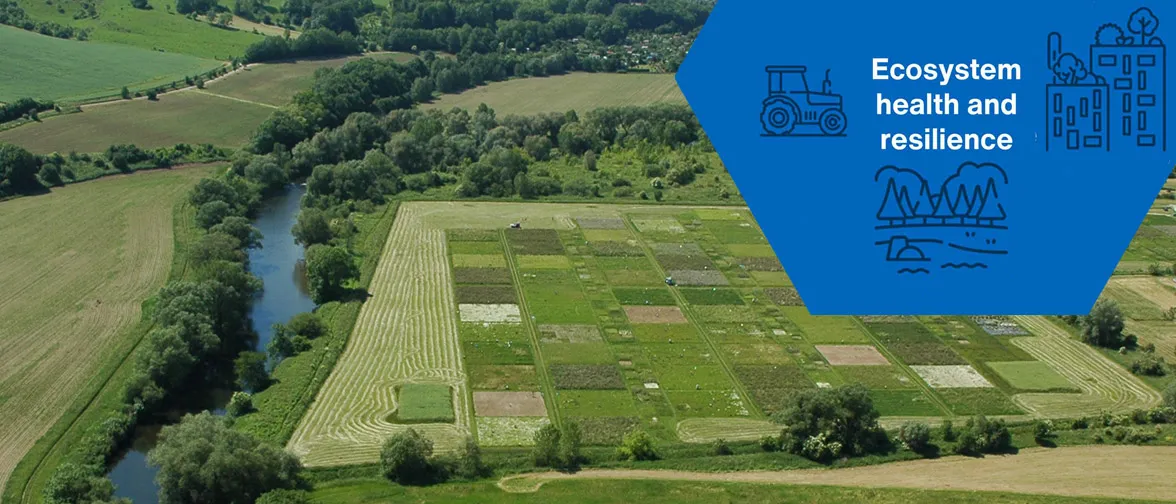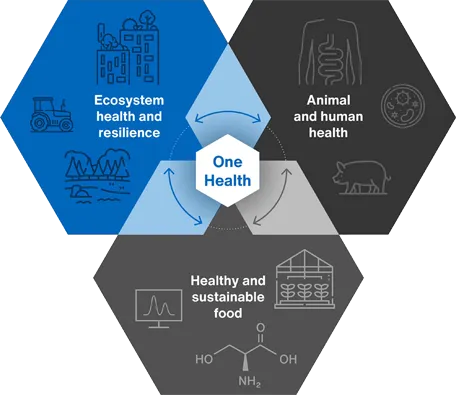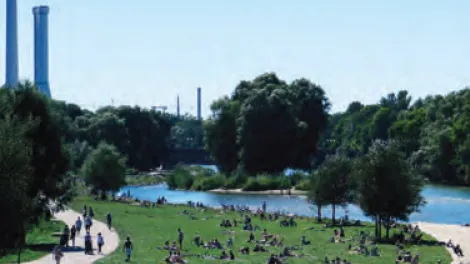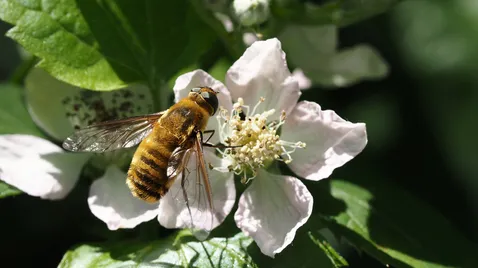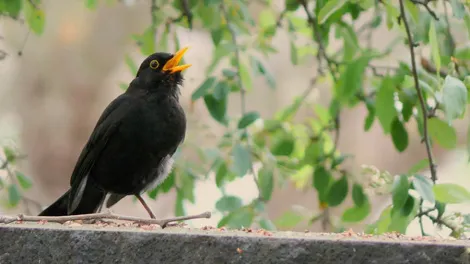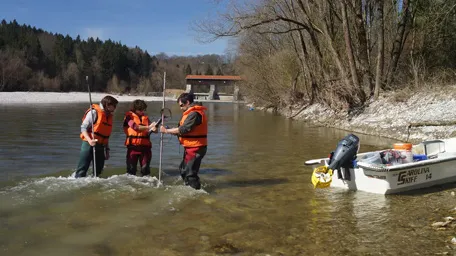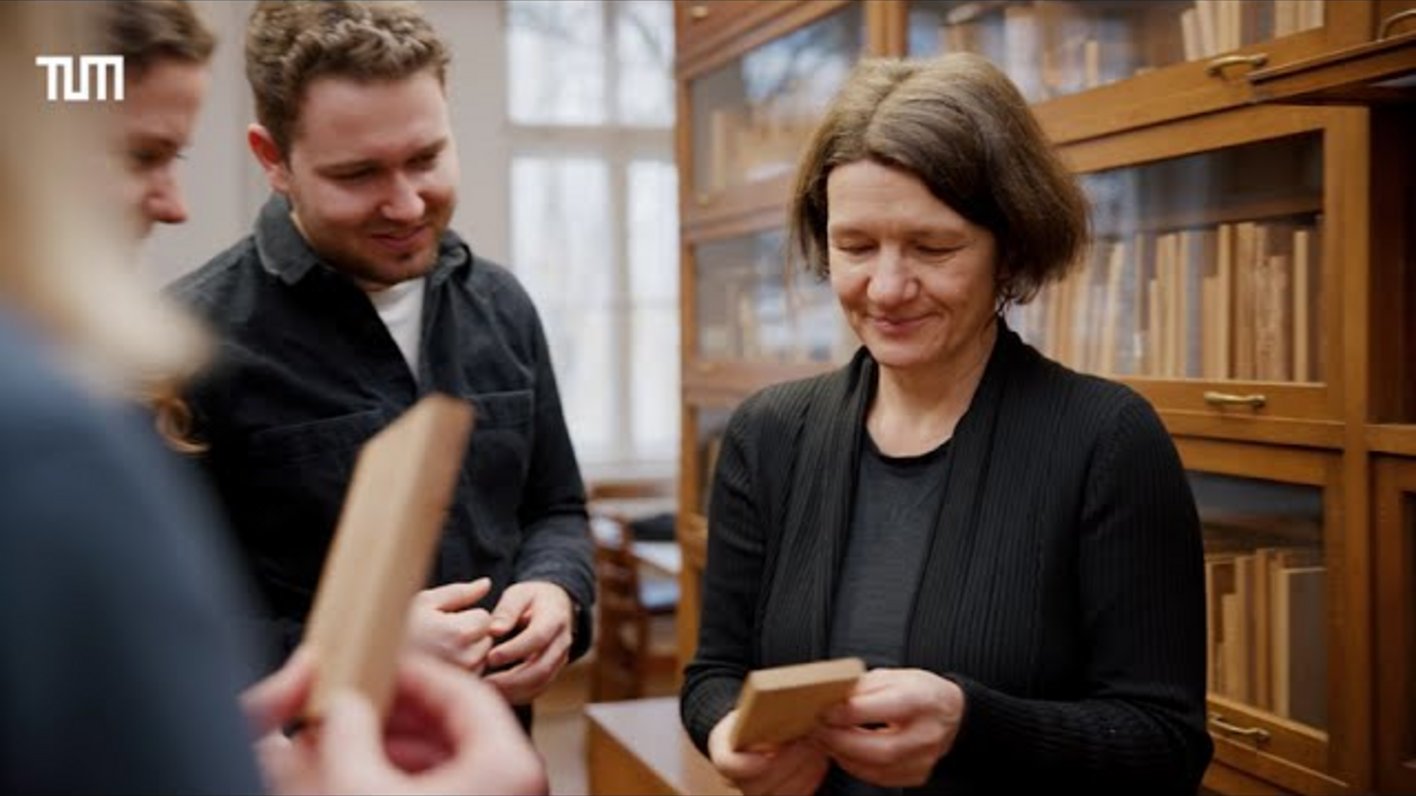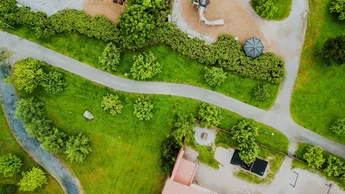Ecosystem Health and Resilience
Designing healthy and resilient living environments is one of the significant challenges of our time. Our habitats - from forests and agricultural landscapes to urban areas - are crucial for our well-being and health. We are currently facing a biodiversity crisis, marked by a massive loss of species. Research at the TUM School of Life Sciences develops solutions for protecting and sustainably utilizing our environment. Understanding, preserving, and promoting biodiversity and ecosystem services are central research topics, as is the development of future land-use strategies to provide socially demanded ecosystem services and improve landscape planning.
In national and international collaborations, biodiversity is being studied, particularly its evolution and interactions with global change. Protecting biodiversity and fostering resilient ecosystems play a key role in ensuring a sustainable future. Artificial intelligence and other innovations open new pathways for analyzing and preserving ecosystems, helping to combat climate change and safeguard the environment in the long term.
Resilient land use for sustainable ecosystems
- Creating multifunctional landscapes and ensuring food security and ecosystem services such as pollination, erosion control, and pest regulation.
- Green infrastructure: Connecting urban and rural areas through innovative, nature-based solutions
- Interdisciplinary research: Developing evidence-based concepts to balance societal needs with environmental protection and sustainable resource management.
What we do – One Health
The TUM School of Life Sciences is committed to the "One Health" approach, aiming to create healthy and resilient living environments that sustainably promote the well-being of all living beings. Climate change, global population growth, and biodiversity loss pose significant challenges that require innovative solutions.
Our researchers focus on developing resilient ecosystems and strengthening the protection of natural habitats to enhance adaptability to environmental changes. Through interdisciplinary research, new insights emerge that help maintain the balance between humans and nature. This approach considers all levels, from molecules to entire ecosystems, to create healthy environments that support and protect future generations.
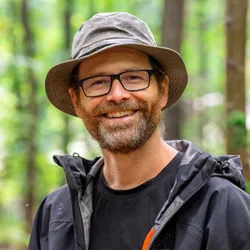
Forests dying back due to climate change: Which trees to plant after bark beetles and drought?
Forests are being severely affected by climate change. A key question now is which trees should be planted on these large damaged areas, as climate change is severely limiting the tree species available for reforestation.
„Mixed forests consisting of many tree species are an important measure to make forests more robust against disturbances such as bark beetles. In some places in Europe, however, we could run out of tree species to establish such colorful mixed forests.“
Effective climate protection measures are therefore of central importance in order to sustainably secure forests and their functions in Europe.
TUM.wood – From tree to house
The TUM.wood group combines interdisciplinary expertise to understand the natural material wood along the entire value chain.
Forest Science and Resource Management
- Forest Science and Resource Management, B.Sc.
- Forest and Wood Science, M.Sc.
- Sustainable Resource Management, M.Sc.
Certification programmes in the area of sustainable habitats
Through collaboration with the TUM Institute for LifeLong Learning and the integration of current research from the School of Life Sciences and other disciplines, the programmes ensure both scientific rigour and practical relevance.
Food / Agro / Biotech start-ups with sustainable solutions to strengthen habitats
Through our research and targeted support, innovative start-ups emerge, leveraging cutting-edge technologies and concepts to protect and restore natural ecosystems. These young companies develop sustainable solutions to preserve biodiversity, use resources efficiently, and combat climate change. Learn more about visionary entrepreneurs who are driving the transition towards a more environmentally friendly and resilient future with their ideas.
CinSOIL
Measuring the amount of organic carbon in the soil of agricultural land using satellite data.
Hula Earth
Measuring biodiversity using satellite data and IoT sensors to create a biodiversity market: monitoring ecosystems and detecting how they change over time.
Ionselect
Developing measurement devices that help farmers apply the right amount of fertiliser to their fields.
Isar Pyrolysis
Harmful plastic waste is converted into valuable resources through decentralised pyrolysis.
MIMIBIOSIS
Utilising wild-type mycelium for the processing of textile waste. Fabric scraps made of cotton or polyester are recycled.
Protecting and strengthening ecosystems through collaboration
Through our collaboration with research institutions, businesses, and initiatives, we foster impactful partnerships that drive the protection and strengthening of natural ecosystems. Learn more about innovative projects and collaborations that develop sustainable solutions to preserve biodiversity, conserve resources, and secure a livable future.
